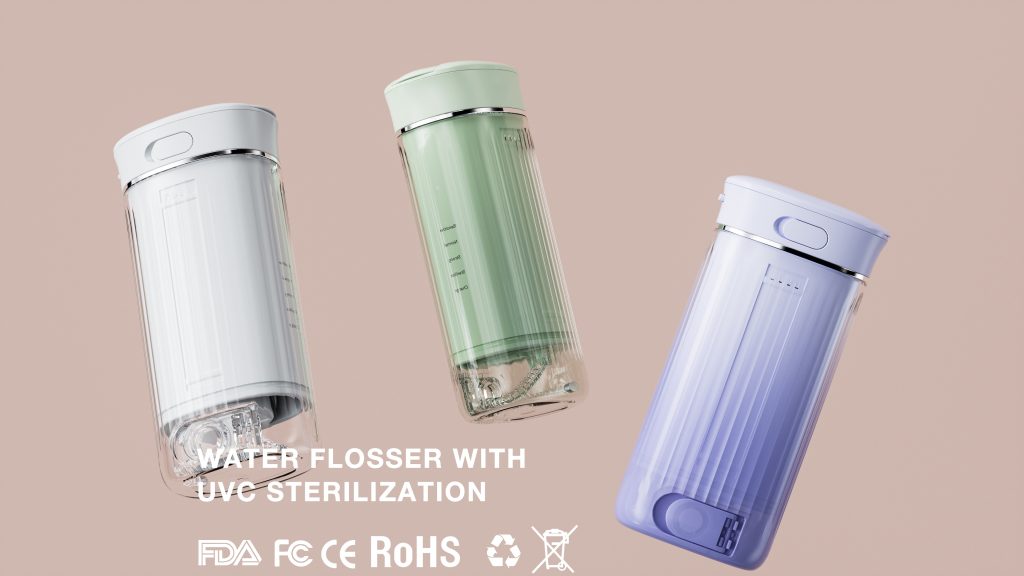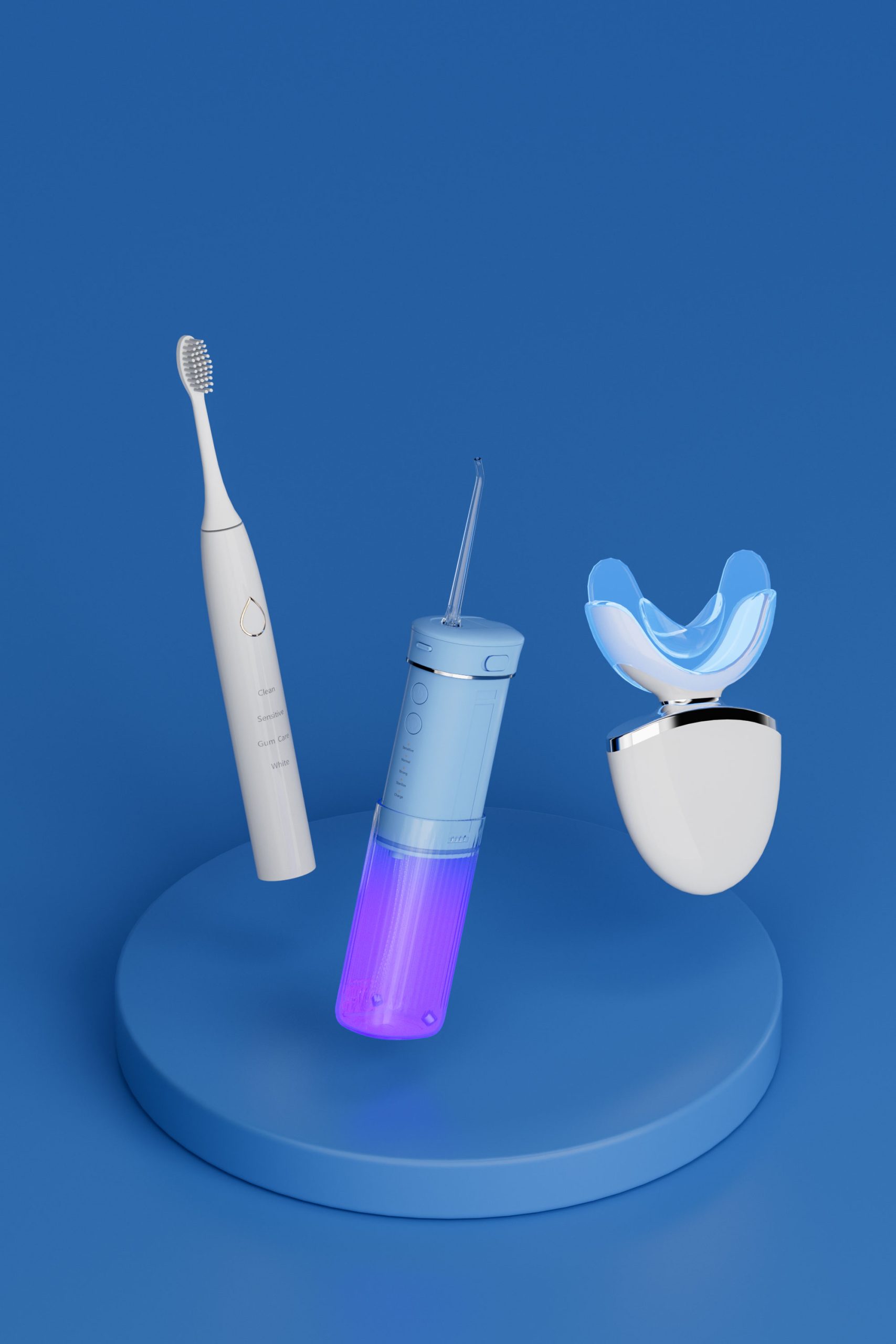A common misconception is that water flossers can completely replace traditional tooth brushing. While water flossers are highly effective for removing food particles from between teeth, they cannot replace wash teeth with a toothbrush. Here’s why both are essential for optimal oral health.
A water flosser uses a high-pressure water jet to clean between teeth and below the gumline—areas where toothbrush bristles often can’t reach. However, it doesn’t effectively rinse plaque on the tooth surface, which requires mechanical brushing to remove.
Toothbrushes physically scrub away plaque and bacteria from tooth surfaces. Water flossers excel at flushing out debris from tight spaces but cannot provide the same level of cleaning for the entire tooth surface. For comprehensive oral care, both are necessary.

Even with regular brushing and water flossing, professional cleanings with an ultrasonic dental scaler are essential to remove hardened tartar. A water flosser helps maintain oral hygiene between dental visits but isn’t a substitute for professional care.
While brushing cleans about 60% of tooth surfaces, water flossers ensure the remaining 40% (between teeth and along the gumline) is free of debris. Together, they provide a complete cleaning routine.
Brush twice daily with fluoride toothpaste
Use a water flosser at least once a day
Visit your dentist regularly for ultrasonic dental scaler cleanings
People with braces or dental implants
Those prone to gum disease
Anyone seeking a more thorough clean than string floss
While water flossers are excellent for removing food particles from between teeth and improving gum health, they cannot replace wash teeth with a toothbrush. For the best results, combine both methods as part of your daily routine.
For professional-grade water flossers that enhance your oral care regimen, explore our [https://www.powsmart.com/] today!


Need Water Flosser OEM Manufacturing for a New Cordless Water Flosser Manufacturing Line?

Oral irrigator sourcing tips

Modern technology in oral care: innovative products and services
.jpg)
Where to join the Seattle recycling program?

Electric toothbrush vs manual toothbrush: scientifically proven superiority
Gum Recession from Pulse Inconsistency? Uncover the Overlooked Risk in Oral Care Devices

UV Sanitizing Technology in Electric Toothbrush OEM Design
.jpg)
Why Partner with Electric Toothbrush for Braces Suppliers and Kids Electric Toothbrush Manufacturer?

Key Process Traceability of Electric Toothbrushes: Quality Inspection Record Management of Motor Calibration and Waterproof Testing
Button Failure and Bristle Deformation Causing Recalls?
Whitening Kit-Induced Gum Irritation: Are User Manuals Clear? Does Warranty Cover It?
Luxury Status Symbol Electric Toothbrush Wedding Gift Surat
Can Electric Toothbrush Vibration Malfunction Cause Gum Recession? Shocking Truth!
ergonomic electric toothbrush handle OEM
Seal Degradation Leading Bacterial Regrowth – Preventable?

ADA-Certified Electric Toothbrush Suppliers in Chicago – Compliance & Customization

electric toothbrush heads Deep Clean

electric toothbrush heads Regular Clean

electric toothbrush heads Charcoal Infuse-Round

Private Label Whitening Gel

Electric toothbrush heads Charcoal Infused-Diamond
.jpg)
Florida Electric Toothbrush – Powsmart PTR-C8

Customization Teeth Whitening Gel

electric toothbrush heads Ultra Soft
whstapp
whstapp
National Toll-Free Service Hotline
+86 755 86238638